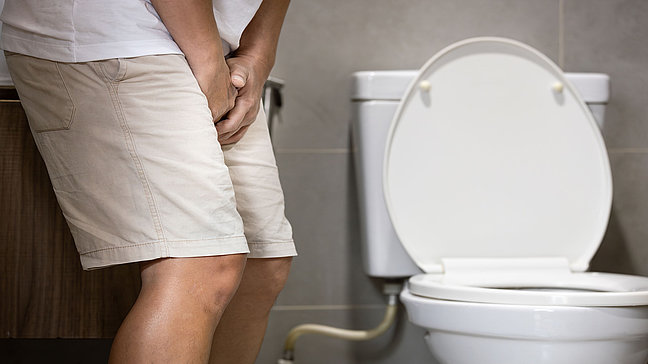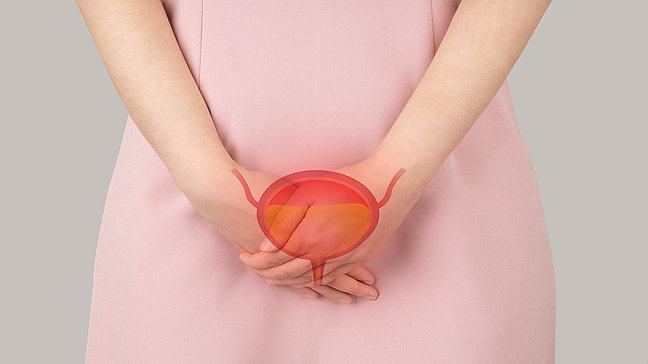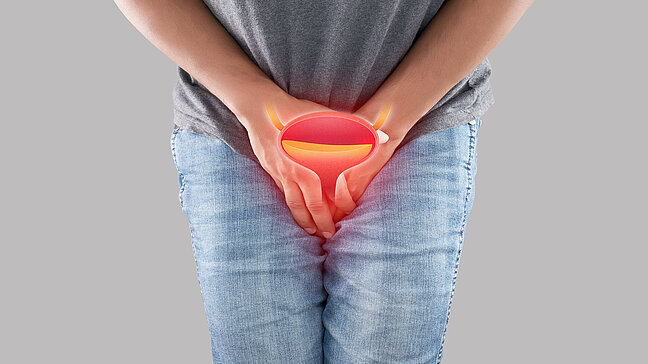
Urethral valve
Causes of urethral valve
Urethral valves are a congenital malformation, the exact causes of which are not yet fully known. They occur during fetal development when the tissue flaps in the urethra do not dissolve properly. This malformation can block urine flow and put pressure on the bladder and kidneys.
Symptoms of urethral valve
- Weak or interrupted urine stream
- Straining during urination
- Recurrent urinary tract infections
- Bloated abdomen due to an enlarged bladder
- In severe cases, kidney failure or hydronephrosis (swelling of the kidneys due to urine retention)
Diagnosis of urethral valve
The diagnosis is often made in the prenatal phase through ultrasound when an enlarged bladder or fluid accumulation in the kidneys (hydronephrosis) is observed. After birth, the diagnosis is confirmed by further imaging techniques such as a micturating cystourethrogram (MCUG), where the urethra and bladder are made visible using contrast medium and X-ray.
Treatment options for urethral valve
- Surgical Treatment: The most common treatment method is the endoscopic removal or incision of the urethral valves with a special instrument. This procedure is usually performed as early as possible to restore urine flow and prevent kidney damage.
- Long-term Monitoring: Children with urethral valves often require long-term medical monitoring to ensure that kidney and bladder function remains normal and to prevent recurrent urinary tract infections or other complications.



